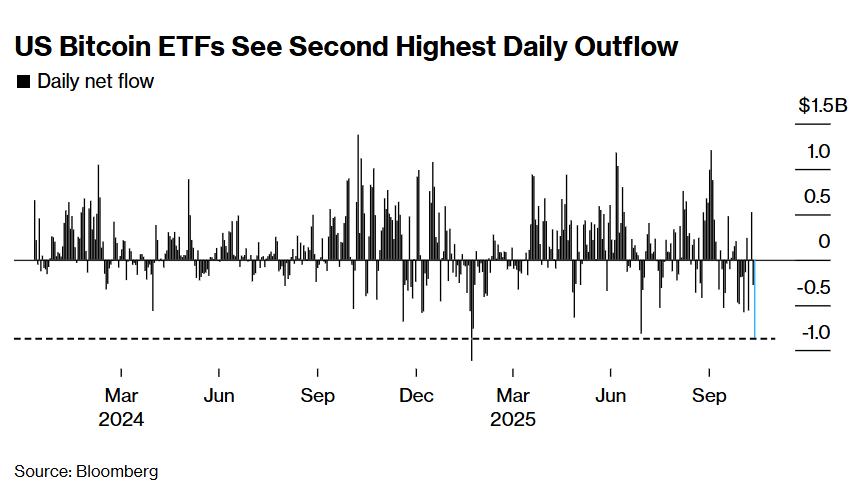Blast network TVL plummets 65% losing $2 billion in 24 hours post-mainnet launch
Phishing attacks have marred Blast's layer 2 network mainnet launch, millions lost.
Crypto investors have swiftly removed their assets on the Ethereum -based layer two blockchain Blast following its Feb. 29 mainnet launch .
According to DefiLama and Flipside data , the total value of assets locked (TVL) on the network plummeted by over 65% in the past day, dropping to $745.47 million from a peak of $2.27 billion.
 Ethereum-based Blast L2 Network TVL (Source: Flipside)
Ethereum-based Blast L2 Network TVL (Source: Flipside)
Last year, Blast enticed community members to lock up their Ethereum and stablecoin assets, offering up to a 5% annual percentage yield generated from staked ETH and real-world asset protocols.
The allure of high yields and potential airdrops incentivized community members to participate. However, this move drew criticism from crypto stakeholders, who pointed out that users couldn’t withdraw their assets until the mainnet launch.
With the successful mainnet launch, users have quickly withdrawn their stuck assets, leading to the rapid decline in TVL.
Despite this setback, Blast continues its operations, boasting over 1 million total transactions on the network and witnessing the launch of several new decentralized applications.
Phishing sites on rampage
Meanwhile, malicious actors have exploited Blast mainnet launch to proliferate phishing sites mimicking the layer2 network’s official platform.
Web 3 security firm Scam Sniffer disclosed two instances where individuals fell victim to these schemes, resulting in a combined loss exceeding $5 million in digital assets.
In one case, a user suffered a loss of $4.39 million, comprising $ALI and $PUSH tokens, after interacting with a fraudulent Uniswap Permit2’s Permit Batch message.
Another user encountered a similar fate, losing $717,817 worth of Aave BTC and Pandora tokens through an airdrop phishing site.
These incidents prompted Scam Sniffer to issue a stark warning :
“There are too many phishing sites impersonating Blast! It’s time to remind you once again that clicking on links in Twitter comments is dangerous.”
Blast also echoed this sentiment, urging its community to exercise vigilance against scammers and exclusively rely on official documentation for accessing block explorers, RPCs, and other chain-related information.
Disclaimer: The content of this article solely reflects the author's opinion and does not represent the platform in any capacity. This article is not intended to serve as a reference for making investment decisions.
You may also like
As economic cracks deepen, bitcoin may become the next liquidity "release valve"
The US economy is showing a divided state, with financial markets booming while the real economy is declining. The manufacturing PMI continues to contract, yet the stock market is rising due to concentrated profits in technology and financial companies, resulting in balance sheet inflation. Monetary policy struggles to benefit the real economy, and fiscal policy faces difficulties. The market structure leads to low capital efficiency, widening the gap between rich and poor and increasing social discontent. Cryptocurrency is seen as a relief valve, offering open financial opportunities. The economic cycle oscillates between policy adjustments and market reactions, lacking substantial recovery. Summary generated by Mars AI. The accuracy and completeness of this summary are still being iteratively updated by the Mars AI model.

The wave of cryptocurrency liquidations continues! US Bitcoin ETF sees second highest single-day outflow in history
Due to the reassessment of Federal Reserve rate cut expectations and the fading rebound of the U.S. stock market, the crypto market continues to experience liquidations, with significant ETF capital outflows and options traders increasing bets on volatility. Institutions warn that technical support for bitcoin above $90,000 is weak.

When traditional financial markets fail, will the crypto industry become a "pressure relief valve" for liquidity?
As long as the system continues to recycle debt into asset bubbles, we will not see a true recovery—only a slow stagnation masked by rising nominal figures.

A Quiet End to 2025 Could Prime Crypto for a 2026 Breakout, Analysts Say

